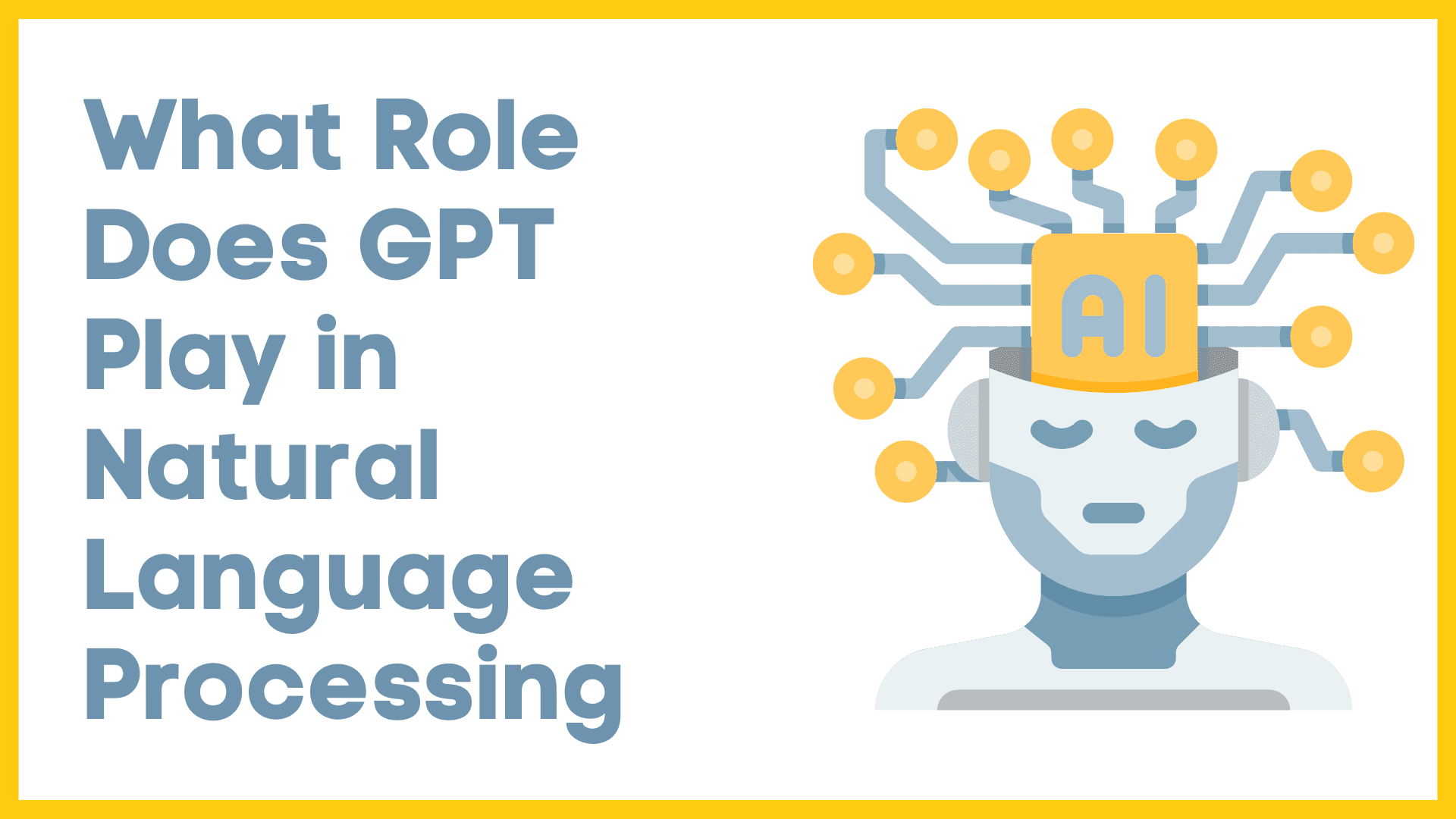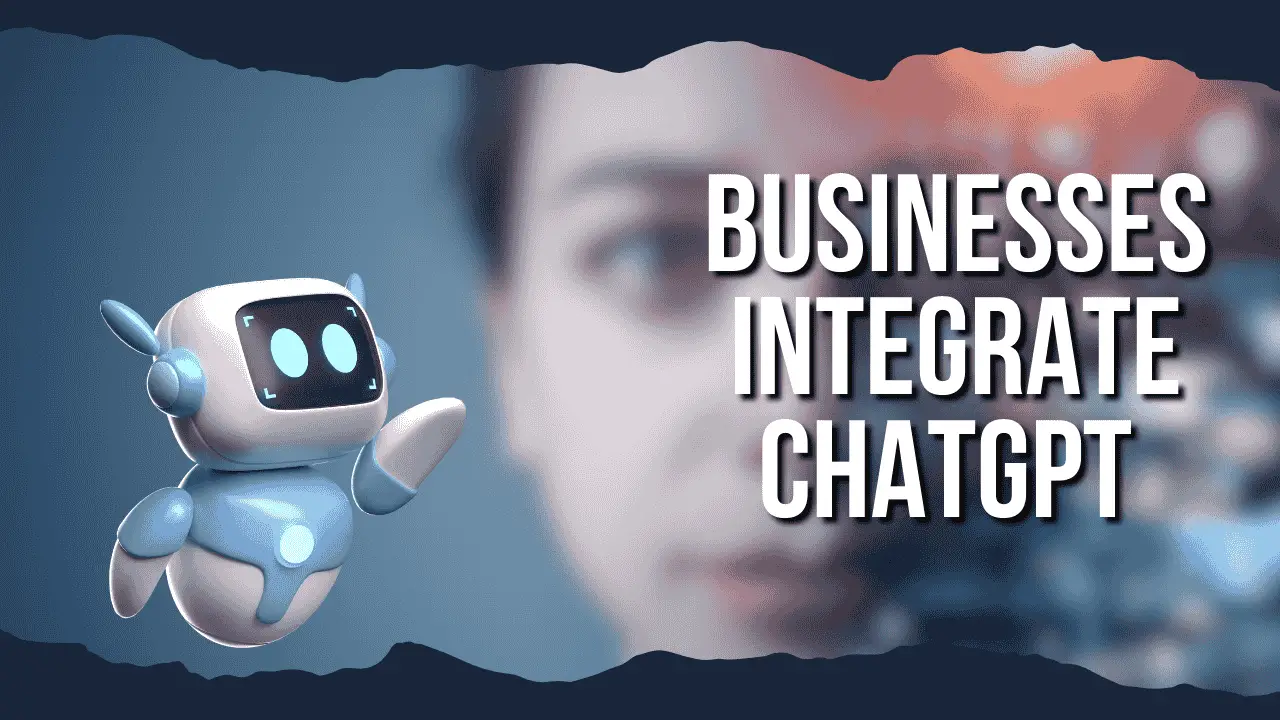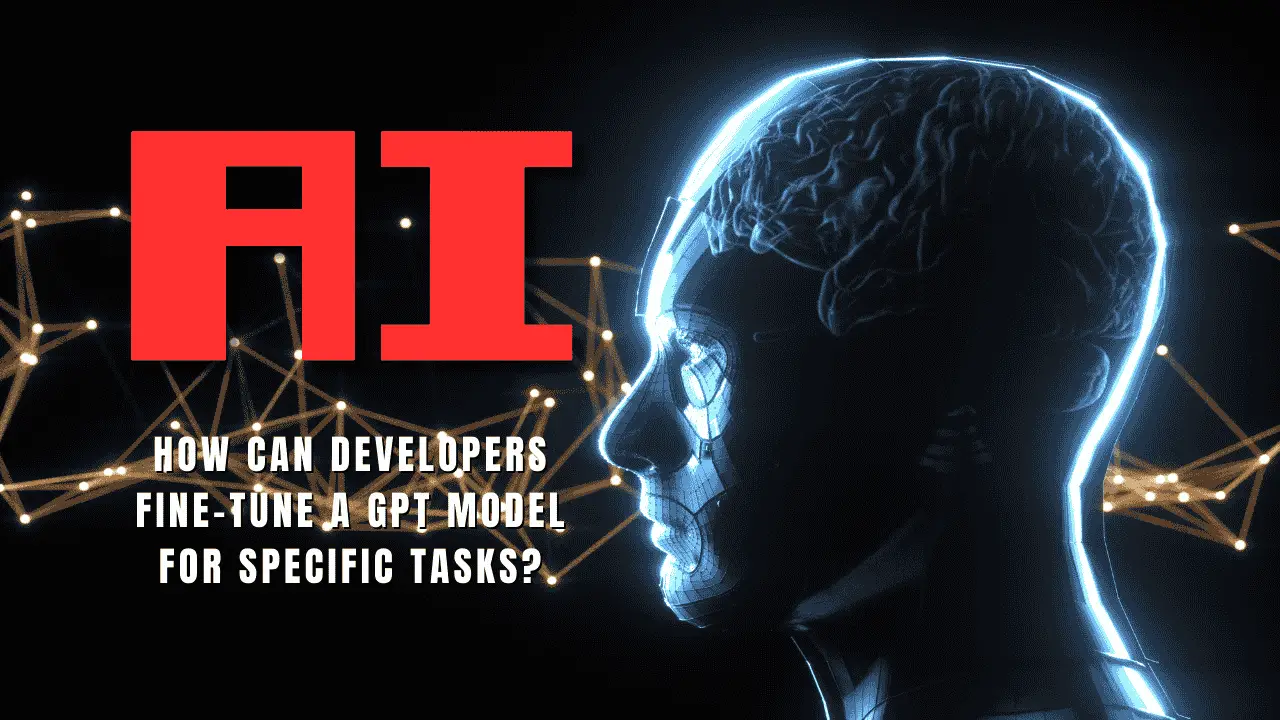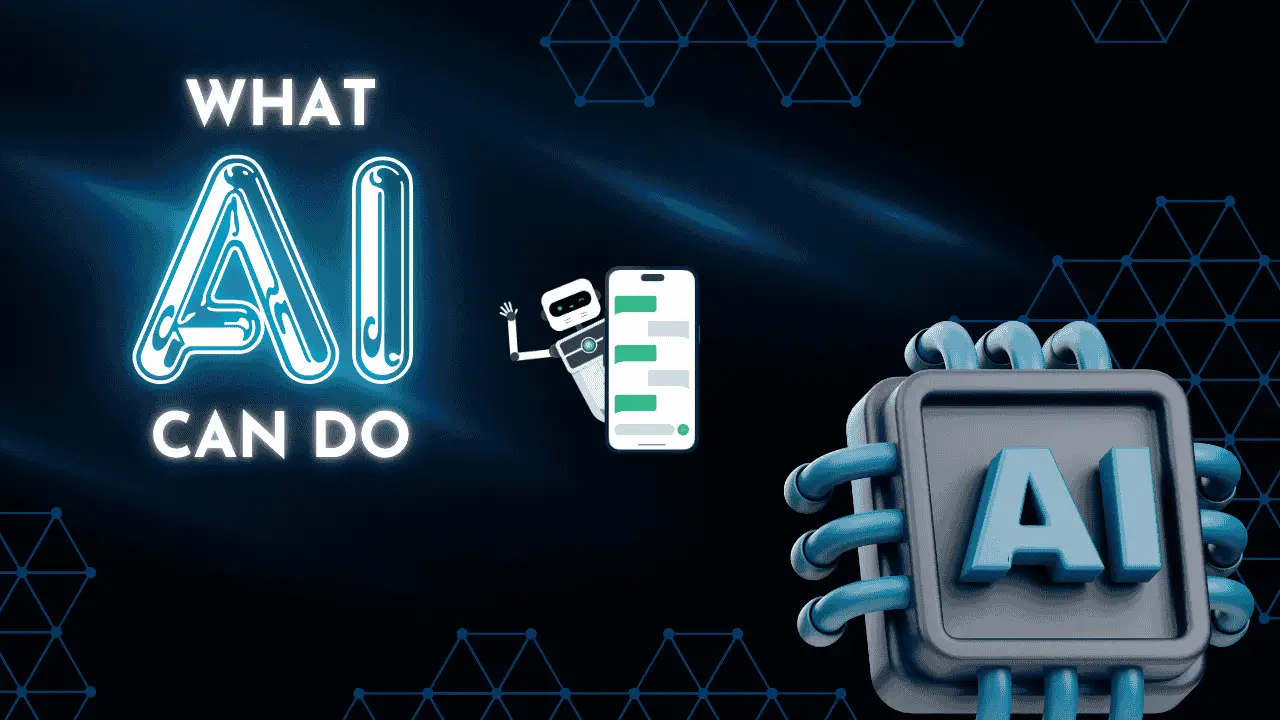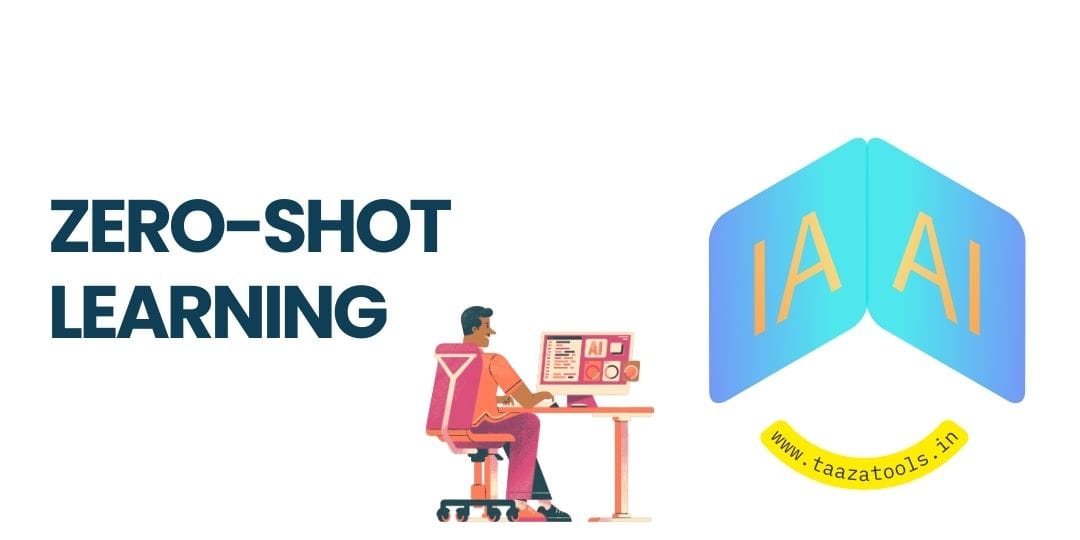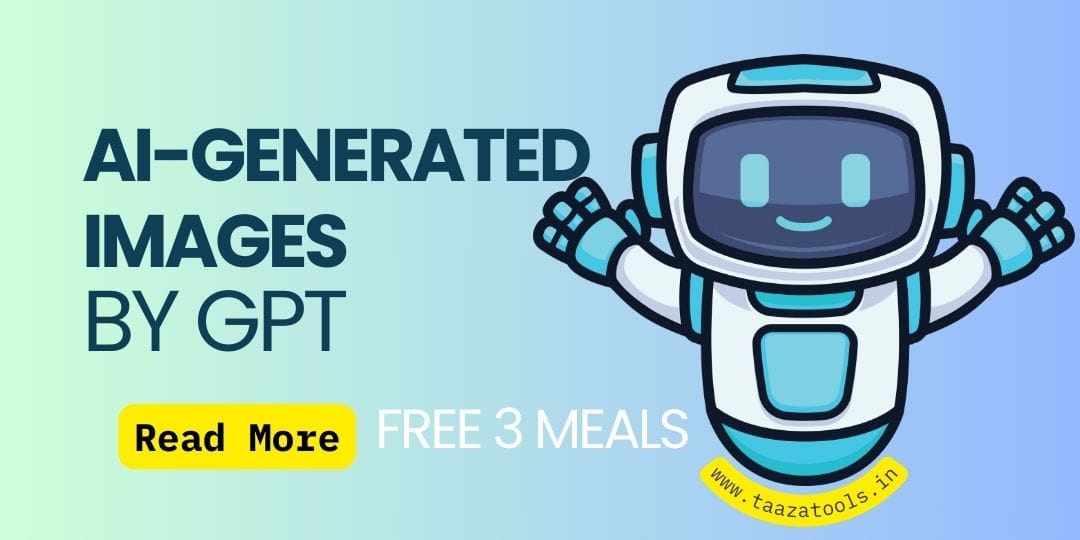Natural Language Processing (NLP) has seen revolutionary advancements in recent years, largely thanks to models like GPT (Generative Pre-trained Transformer). This article explores how GPT has transformed NLP, its core functions, applications, and the future of language processing technologies.
Understanding Natural Language Processing
Natural Language Processing is a branch of artificial intelligence that focuses on the interaction between computers and humans through natural language. The goal of NLP is to enable computers to understand, interpret, and respond to human language in a way that is both meaningful and useful.
Traditionally, NLP tasks included sentiment analysis, language translation, and chatbots. These tasks required substantial linguistic knowledge and manual feature engineering. However, the emergence of deep learning models, particularly GPT, has significantly simplified and improved the accuracy of these tasks.
How GPT Works
GPT operates based on the transformer architecture, which uses self-attention mechanisms to process language. Unlike traditional models that analyze text sequentially, transformers can consider all words in a sentence simultaneously, allowing for a deeper understanding of context and meaning.
At its core, GPT is pre-trained on a vast corpus of text data. This pre-training phase helps the model learn grammar, facts about the world, and some reasoning abilities. After pre-training, it can be fine-tuned for specific tasks, such as summarization or question answering. This two-step approach—pre-training and fine-tuning—sets GPT apart from earlier NLP models that required extensive manual feature extraction.
Applications of GPT in NLP
The versatility of GPT has led to its adoption in various applications within NLP. Here are some notable examples:
1. Chatbots and Virtual Assistants
One of the most prominent applications of GPT is in chatbots and virtual assistants. With its ability to generate coherent and contextually relevant responses, GPT can engage users in conversations that feel natural. These chatbots can answer questions, provide customer support, or even entertain users with engaging dialogues.
For instance, companies are integrating GPT into their customer service platforms, allowing for quicker and more efficient responses to common queries. This has improved customer satisfaction and reduced the workload on human agents.
2. Content Creation
Another significant area where GPT shines is in content creation. Writers and marketers are using GPT to generate blog posts, marketing copy, and even creative writing. The model can produce coherent text on a variety of topics, making it a valuable tool for content creators looking to save time and enhance their productivity.
While GPT can generate text that sounds human-like, it’s important for creators to review and edit the content to ensure accuracy and appropriateness. However, the speed and efficiency of GPT can help jumpstart the writing process.
3. Language Translation
Language translation has long been a challenge in NLP, but GPT has made strides in this area as well. By understanding the nuances and context of language, GPT can provide more accurate translations than earlier models. Its ability to process entire sentences and paragraphs rather than word-by-word allows for translations that maintain the original meaning and tone.
Companies like Google have begun to incorporate GPT-like models in their translation services, further improving the user experience for those communicating across language barriers.
4. Sentiment Analysis
Sentiment analysis is crucial for businesses seeking to understand customer feedback and market trends. GPT can analyze text data from sources like social media, reviews, and surveys to determine the sentiment behind customer opinions.
By leveraging GPT’s context-aware capabilities, businesses can gain deeper insights into how their customers feel about products and services, enabling them to make informed decisions based on real-time feedback.
Challenges and Ethical Considerations
While GPT has revolutionized NLP, it also poses certain challenges and ethical considerations. One major concern is the potential for bias in generated text. Since GPT is trained on vast amounts of internet data, it may inadvertently learn and replicate biases present in that data. This can lead to the generation of harmful or misleading content.
Additionally, the ability of GPT to create highly convincing text raises concerns about misinformation and the potential misuse of the technology. It’s crucial for developers and users of GPT to implement safeguards and ethical guidelines to mitigate these risks.
Conclusion
The role of GPT in natural language processing is transformative, marking a significant shift in how machines understand and generate human language. From chatbots and content creation to language translation and sentiment analysis, GPT has demonstrated its versatility and effectiveness across various applications.
As we move forward, it’s essential to balance the advancements in GPT technology with ethical considerations and the need for responsible use. By doing so, we can harness the power of GPT to enhance communication and understanding in our increasingly digital world. The future of NLP is bright, with GPT at the forefront of this exciting evolution.

